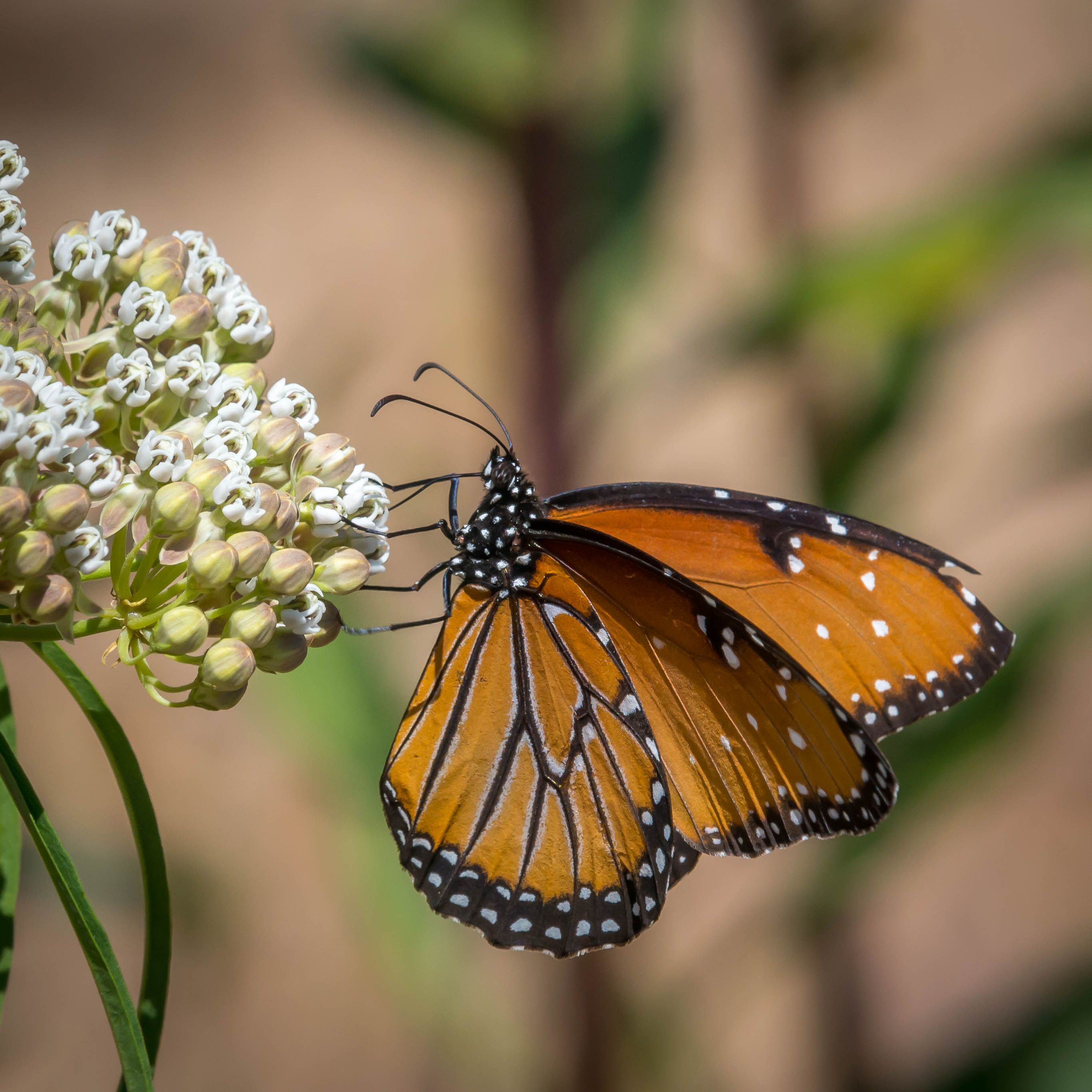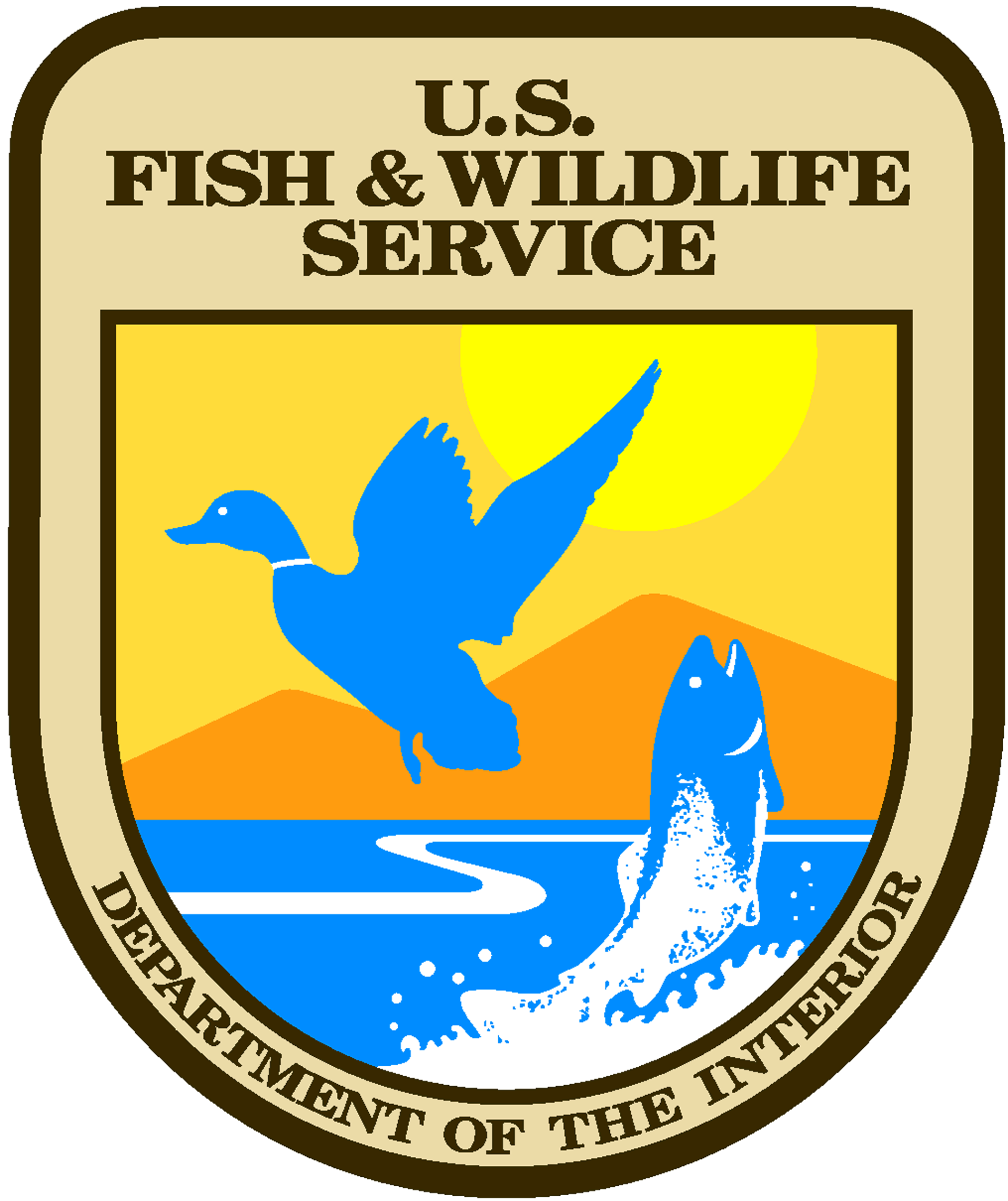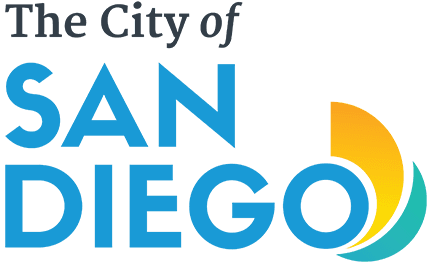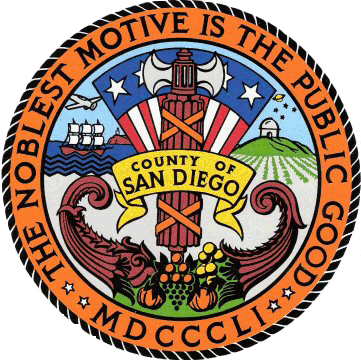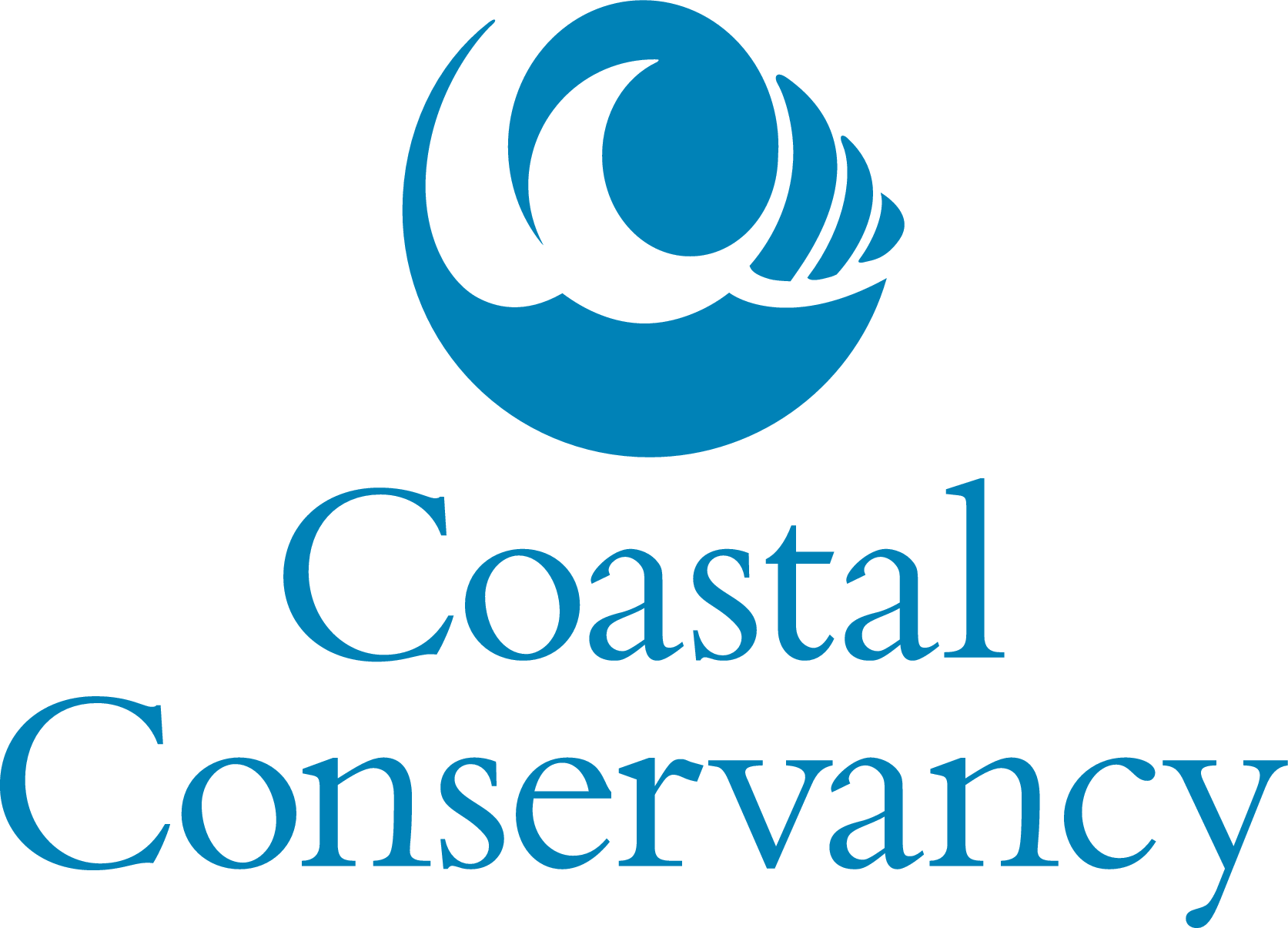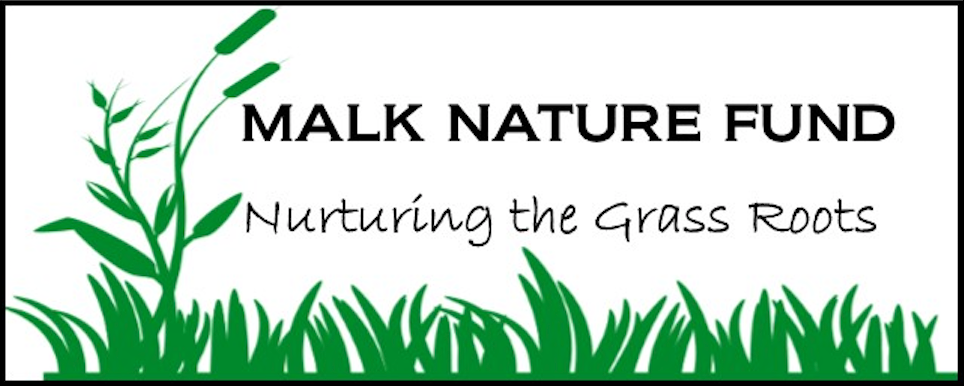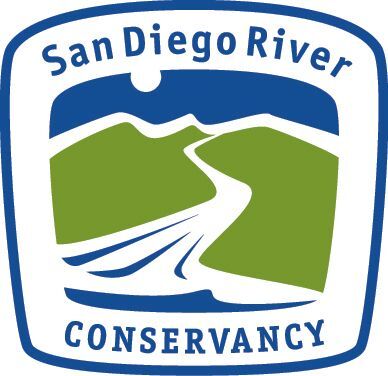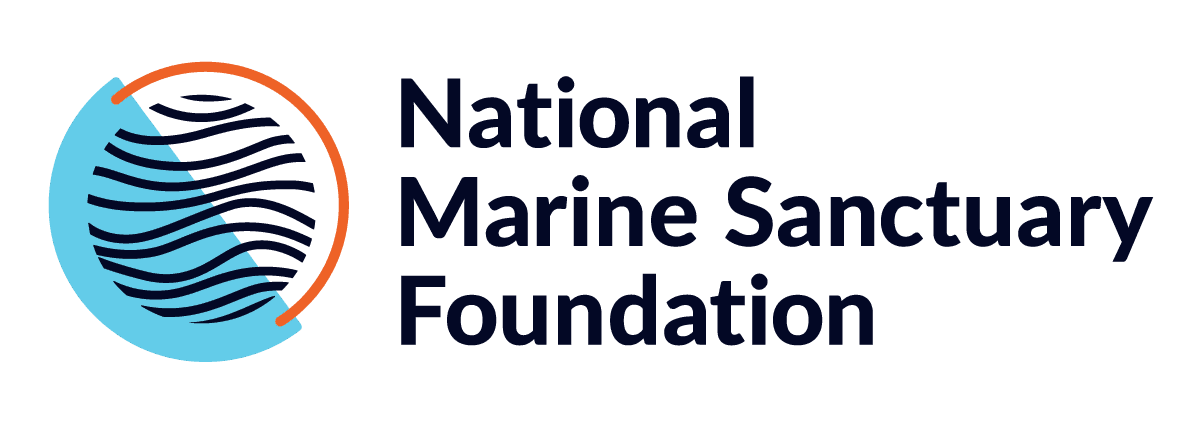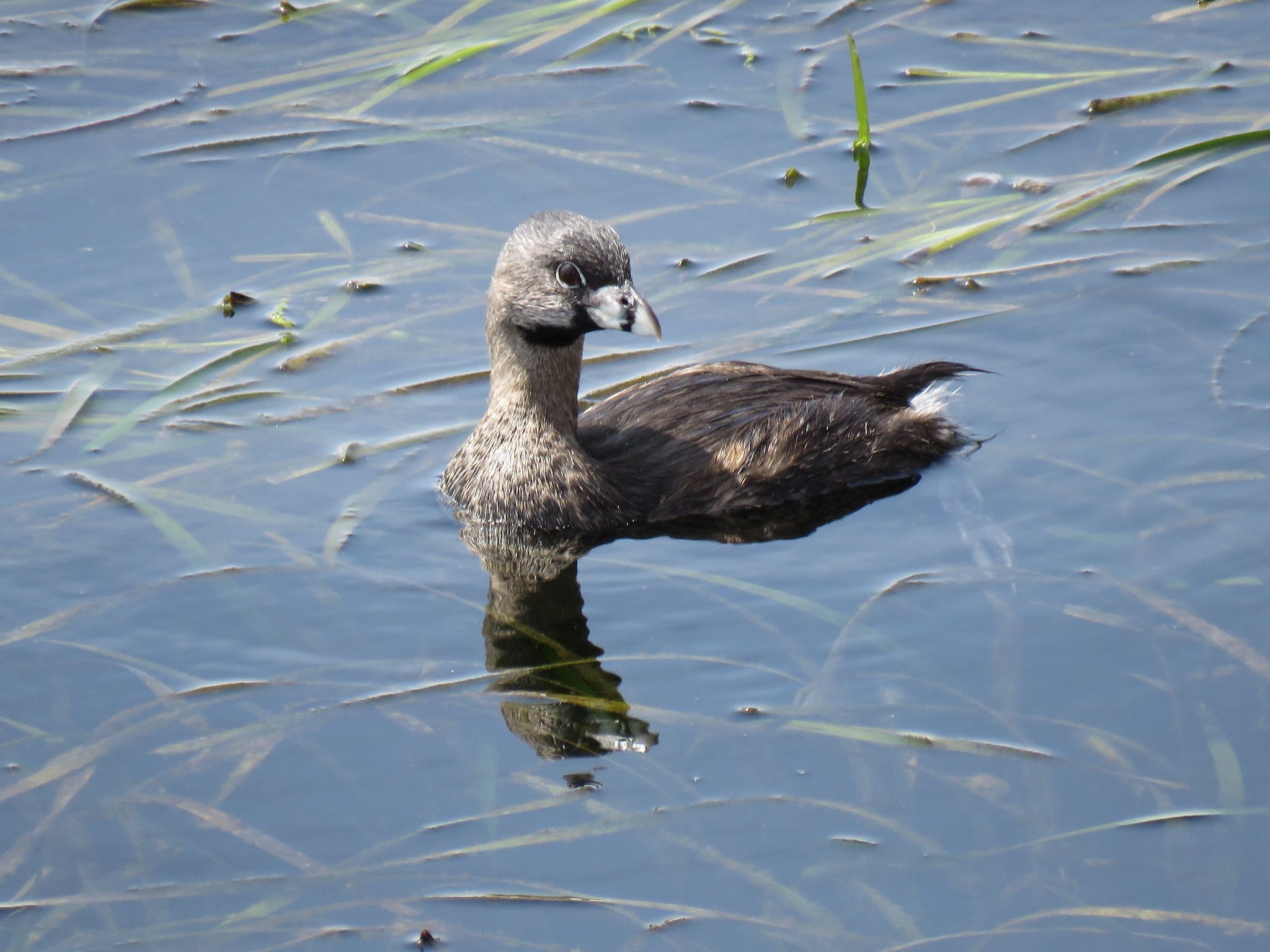
My name is Sree Kandhadai, and I am a junior in high school. My story with the Audubon Society started when I was eight—when the unforgettable experience of seeing my first barn owl while in India made me want to protect birds. My mother and I began volunteering as TernWatchers with the San Diego Audubon that same year, and that led us to participate in the SD Audubon Advocates program three years ago. My first year, we worked with the California Native Plant Society and Mesa College to create a demonstration garden of native plants. The second, we advocated for the protection of the golden eagle pair in Ramona with the Wildlife Research Institute. This year, my group focused on advocating for eelgrass.
Why Protect Eelgrass
Eelgrass is a marine flowering plant of the genus Zostera and is the most abundant seagrass in the world. San Diego Bay supports 10 to 15 percent of California’s eelgrass, and is third behind the Humboldt and San Francisco Bays for eelgrass extent. Aside from being a foundational plant for many marine food webs, a nursery and habitat for many commercially and recreationally important fish, and the main, if not only, component of the black brant diet, eelgrass serves two other primary purposes:
Ocean Acidification Amelioration
I had a lot of fun applying my sophomore year chemistry for this one!
Basically the way that ocean acidification works is that water and carbon dioxide react to form H2CO3, carbonic acid, which dissociates in the water into carbonate ions and hydrogen ions. This causes the hydrogen ion concentration to increase—which is chemistry-speak for “this makes the water more acidic.” However, before carbon dioxide can even form carbonic acid, eelgrass can use it to photosynthesize, thus reducing ocean acidification.
Blue Carbon Storage
Eelgrass can also store carbon for long-term. Because water flow slows in an eelgrass bed, more carbon-containing particles can settle in the eelgrass bed, where the carbon can be stored. Dead eelgrass can also settle and store carbon in the ground. While the carbon storage magnitude of eelgrass is not as significant as other marine plants, it is still an important benefit to our marine ecosystems.
Our Work
We began by meeting with Anna Weinstein from the National Audubon to learn where our efforts were needed most. We decided to focus on the issue of sea level rise. Because eelgrass needs shallow water to photosynthesize, sea level rise will block the necessary sunlight from reaching eelgrass beds. They are then forced to move up the coast, except they can be blocked by human-made barriers and coastal infrastructure. As we began our work we realized that the benefits of eelgrass were already recognized by the state of California. Our job was mainly to add our voices to the chorus. We spoke up at the following meetings to highlight the importance of eelgrass:
- Virtual live comments to the Coastal Commission to ask them to consider eelgrass in their plans for sea level rise
- Virtual live comments to the Ocean Protection Council, based on a written letter requesting consolidation of data on eelgrass habitat and funding for sea level rise mitigation
- Voicemail spoken comments to the Port of San Diego about eelgrass and sea level rise
- Written letter to the City of San Diego asking for data on the legally required eelgrass restoration after the Mission Bay Navigational Safety Dredging Project in 2018
- Virtual live comments to the California Natural Resources Agency asking for relevant organizations to fund research on eelgrass and sea level rise.
- Live presentation for the Mission Bay Park Committee to educate them about eelgrass
Even though the Advocacy Program formally ended, we are still hoping to follow up and follow through with a couple of projects:
- The Port of San Diego has authorized the San Diego Bay Blue Carbon Study - results are expected in 2022
- The Coastal Quest Pilot Project involves studies of sea level rise at nine sites along the San Diego coast - the program runs through 2024
What You Can Do
While there is a lot of momentum to protect eelgrass in our state there are still many things we can do. Eelgrass restoration is a key component of any dredging program in Mission Bay. While reports indicate a very successful restoration program from the last dredging, we hope in the future that these programs also monitor the wildlife that depend on eelgrass and not just the eelgrass to determine if the restoration was successful.
Please sign up for the Audubon mailing list, so you can be updated on opportunities to speak up for eelgrass. And while we’re talking, we’d love to see you next year in the San Diego Audubon Advocates Program!
If you’re interested in learning more about critical San Diego ecosystems, please join us on February 5th for Love Your Wetlands Day in the Kendall-Frost Marsh.
Next time you’re in Mission Bay, please look out for the eelgrass in our waters, and dock and anchor mindfully if you are a boat owner.
It’s important we protect eelgrass, so it can protect us and all the life that depends on it.
Resources
Study shows seagrasses buffer ocean acidification
Richardson’s Bay Eelgrass Protection Plan Video

